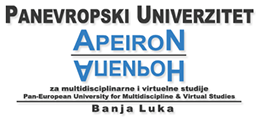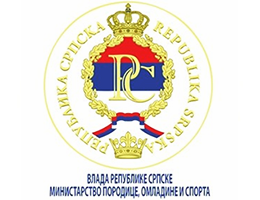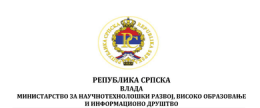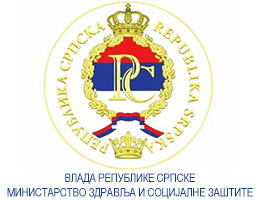Development of Agility and Flexibility in Skiing
Volume 3, Issue 2 (2013)
Volume 3, Issue 2 (2013)
Development of Agility and Flexibility in Skiing
Abstract:
Population from which a sample of 40 examinees has been taken is consisted of primary school pupils, of male sex, age 13 and 14 year ± 6 months, divided into a group of 20 attendants of school of skiing (experimental group) and a group of 20 pupils who only attend a regular schooling of physical education (control group). The aim of investigation was to determine effects of specially programmed training intended for improving agility and flexibility within the school of skiing at the examinees of experimental group. Ten tests were applied in estimate of motor abilities which define: 1. agility ( envelope test, side steps, eight with bending, polygon backwards and dexterity ) and 2. flexibility ( bend to the right, bend, roll touch, bend astride, deep bend on bench and lateral split ). Results of the multivariant analysis of covariance proved that experimental group of examinees are stastically significantly defferent in their higher level of agility and flexibility from the control group examinees.
Keywords:
agility, flexibility, experimental and control group, skiing
Full Text:
References:
- Krsmanović, R, Lukman, L. (1993). Technique and methodics of skiing. Novi Sad: Faculty of the physical culture.
- Krsmanović, R, (2006). Winter sports. Pale: Faculty of the physical culture.
- Krsmanović, R. (2008). Influence of the factors of excitation on the efficiency of training of alpine skiing technics. Spors and health, Scientific – expert magazine of the sphere of sports and physical culture. Pale: Faculty of the physical culture.
- Kuna, D., Franko, I. i Lozančić, I. (2010). What primarily defines situational efficiency of the demonstrator of skiing – speed, agility and explosive strength or specific skiing knowledges. 8. annual international conference „ Conditional preparation of sportsmen 2010“ (pages 208-2010). Zagreb. Faculty of the kinesiology of the Zagreb University.
- Lanc, V. (1988). Let's learn to skii. Zagreb: Faculty of the physical culture.
- Krsmanović, R, Lukman, L. (1993). Tehnika i metodika smučanja. Novi Sad: Fakultet fizičke kulture.
- Krsmanović, R. (2006). Zimski sportovi. Pale: Fakultet fizičke kulture.
- Krsmanović, R. (2008). Uticaj faktora trajanja ekscitacije na efikasnost obuke tehnike alpskog smučanja. Sport i zdravlje, Naučno-stručni časopis iz oblasti sporta i fizičke kulture. Pale: Fakultet fizičke kulture.
- Kuna, D., Franko, I. i Lozančić, I. (2010). Što primarno određuje situacijsku učinkovitost demonstratora skijanja - brzina, agilnost i eksplozivna snaga ili specifična skijaška znanja. 8. godišnja međunarodna konferencija “Kondicijska priprema sportaša 2010” (str 208-210). Zagreb. Kineziološki fakultet Sveučilišta u Zagrebu.
- Lanc, V.(1988). Naučimo skijati. Zagreb: Fakultet fizičke kulture.
- Milanović, D. (2007). Teorija treninga - priručnik za studente sveučilišnog studija. Zagreb: Kineziološki fakultet Sveučilišta u Zagrebu.
- Vongrinec, T. (1982). Križajava škola smučanja. Sarajevo: NIŠRO, "Oslobođenje".






